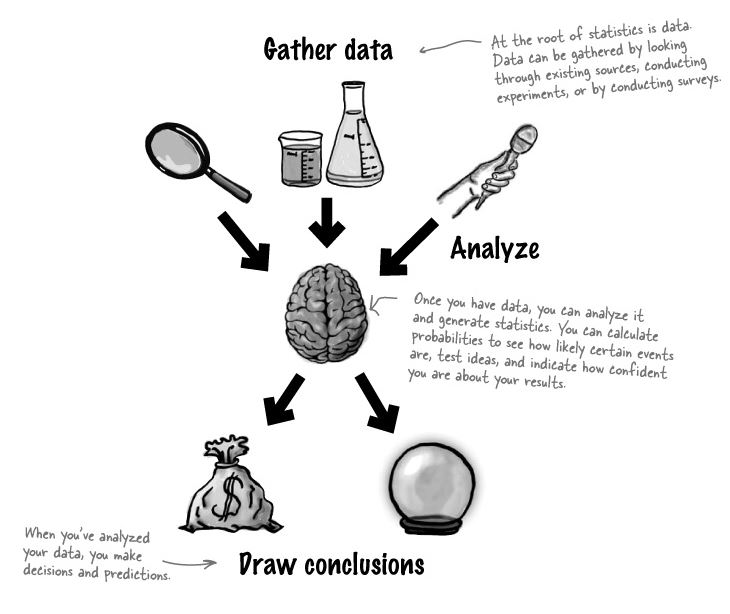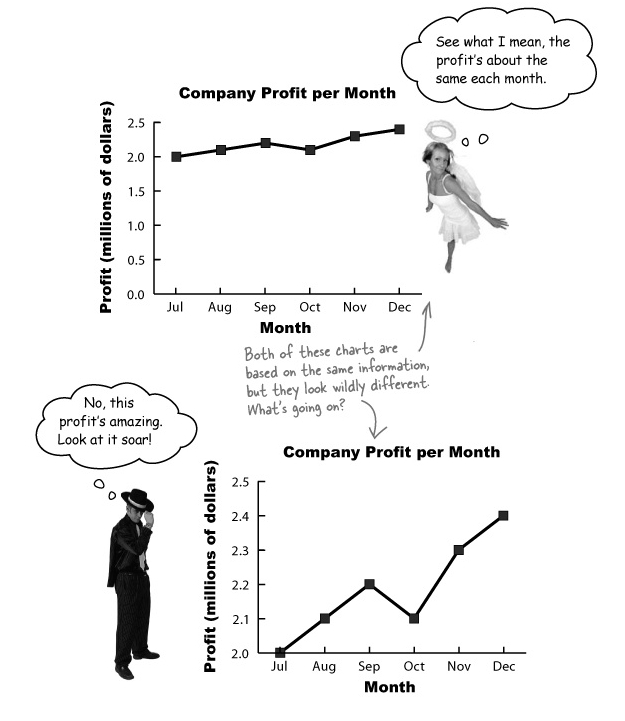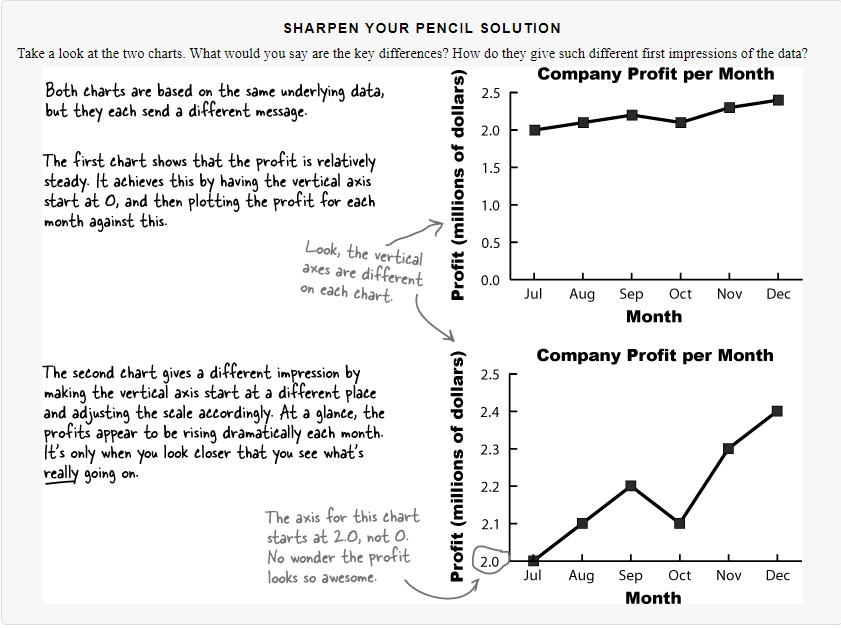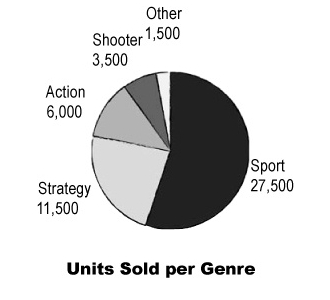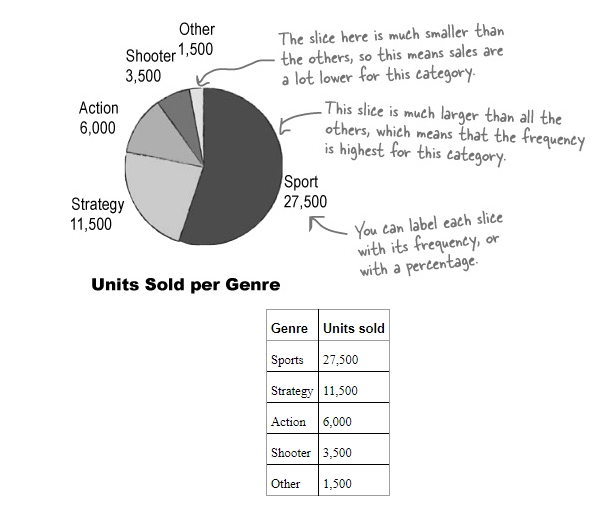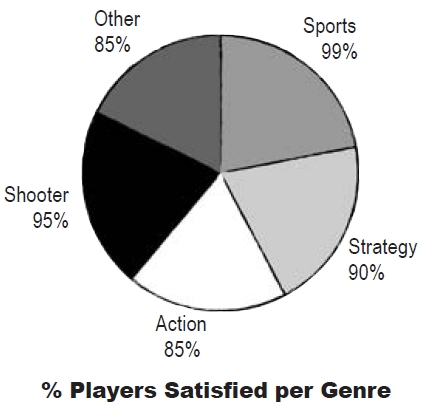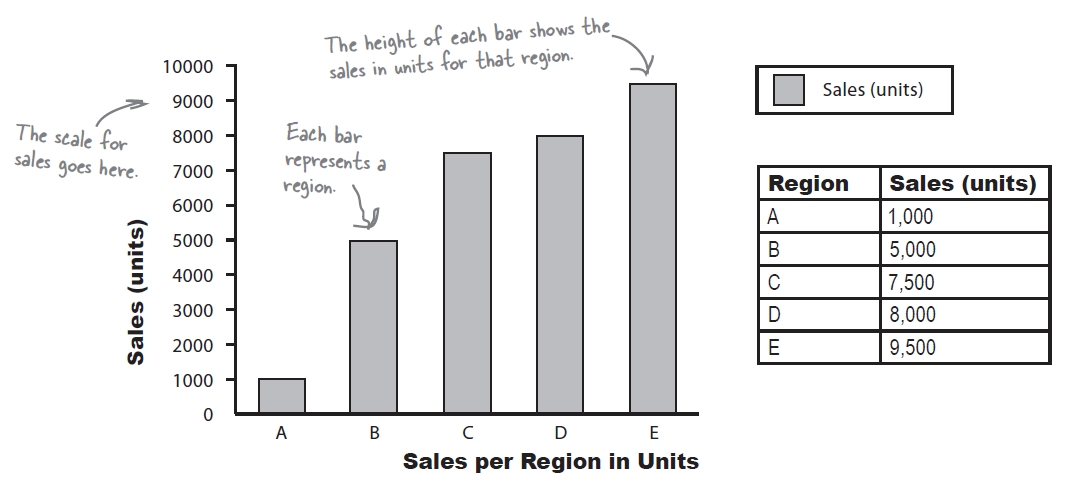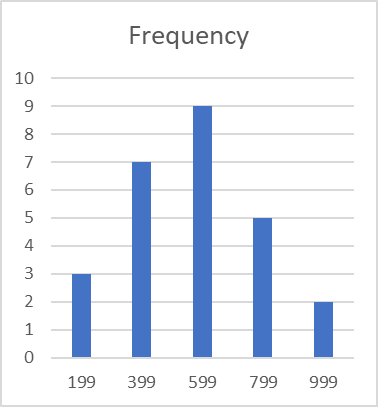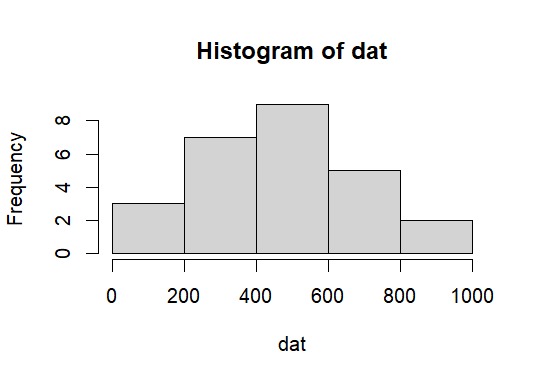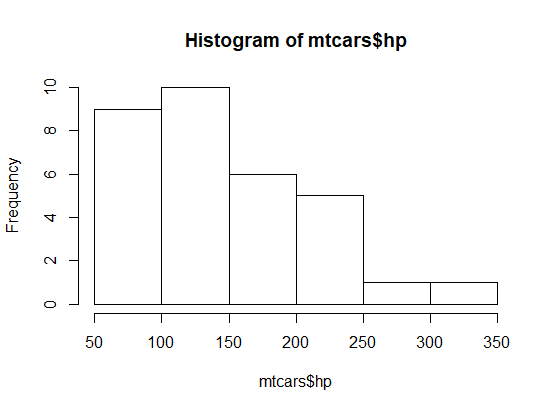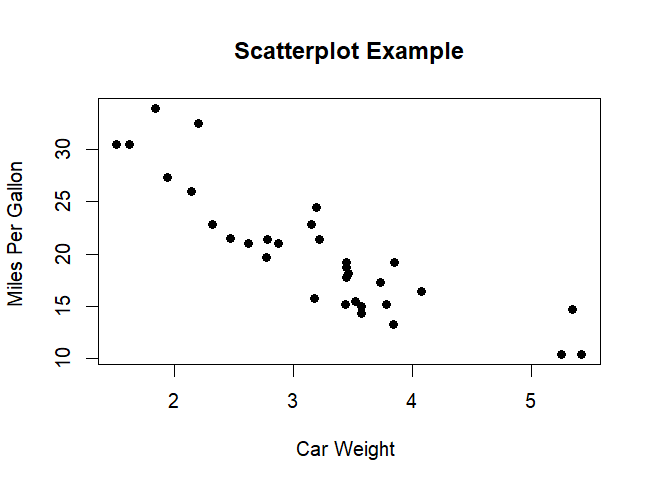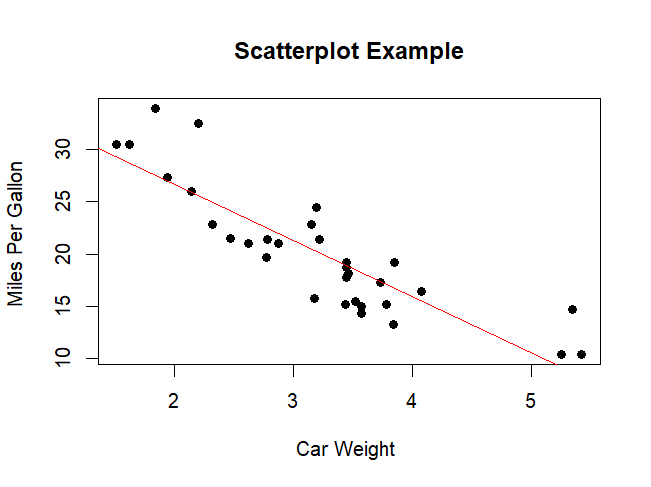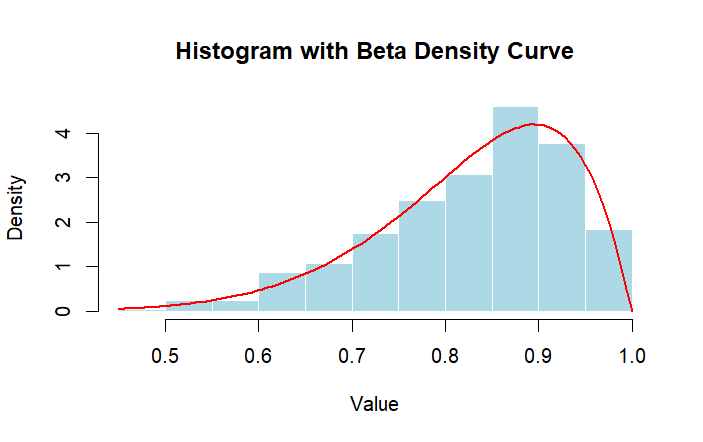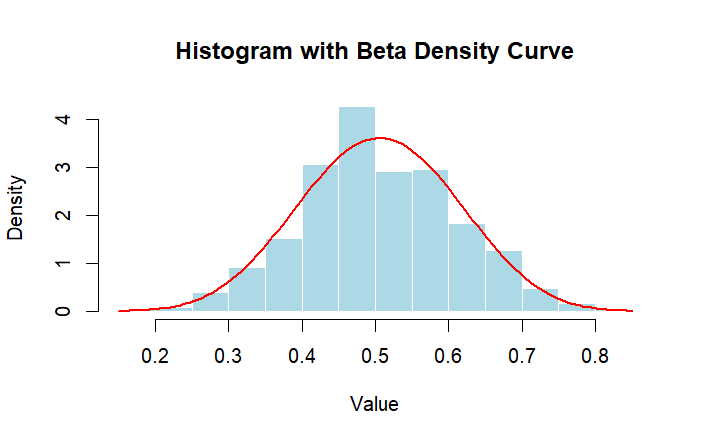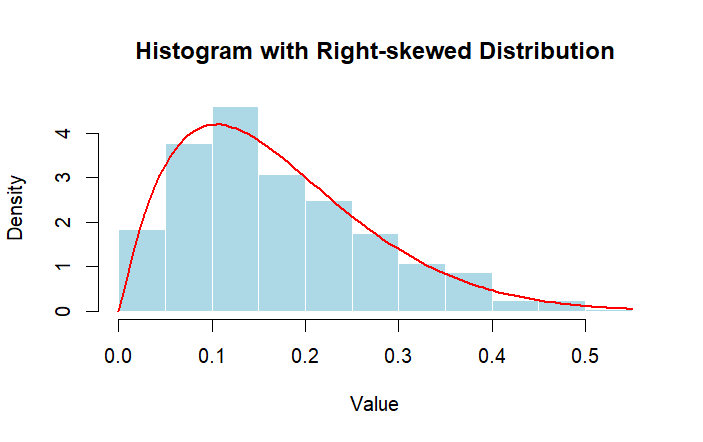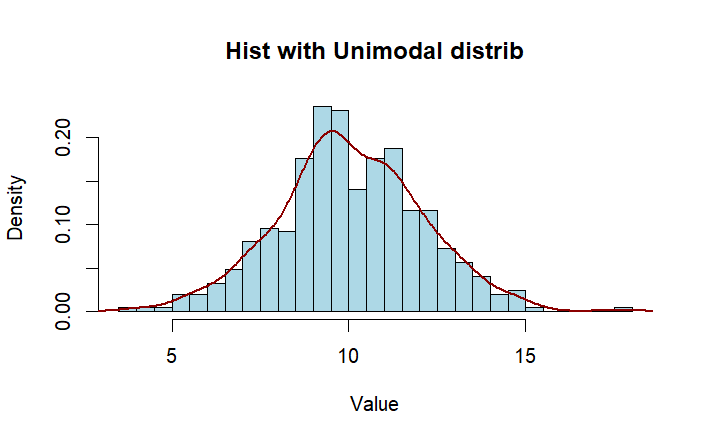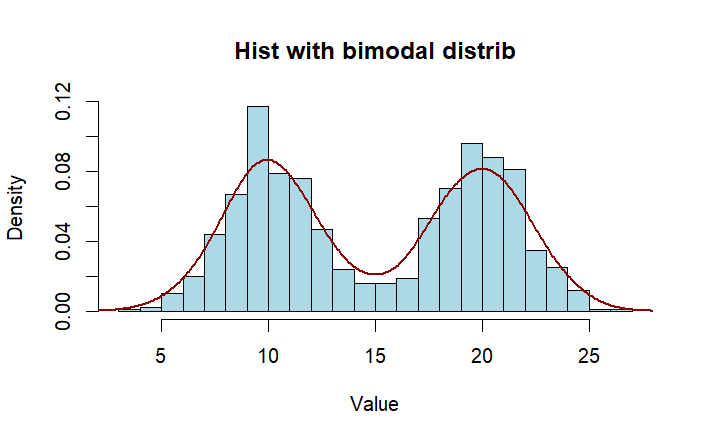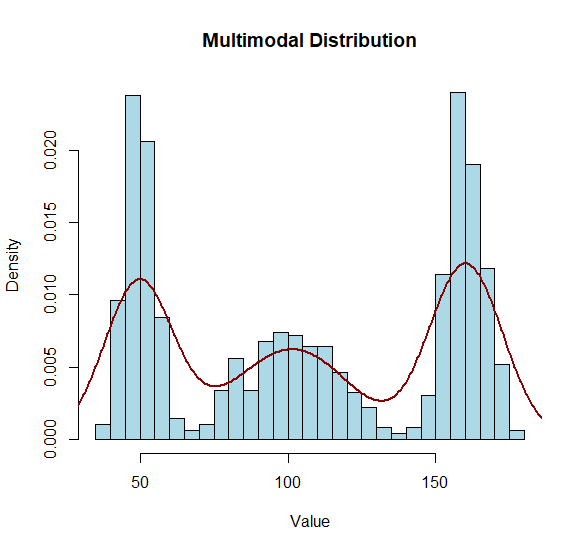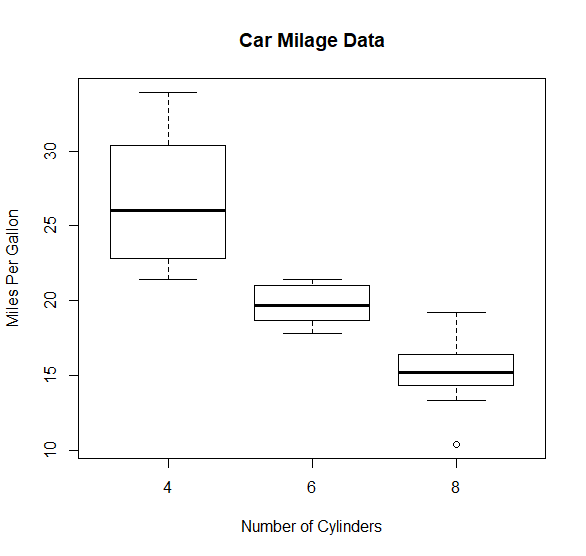b:head_first_statistics:visualization
Table of Contents
정보의 시각화: 첫인상
Charts
- 모은 데이터를 분석하는 한 방법
- 상황을 파악하고 결론을 내려 결정을 (decision making) 할 수 있도록 한다.
- 그러나, 데이터의 시각화에는 많은 허점이 따른다.
- the same data
- different axis
Pie Chart
Good to go with
- frequency data for categories which should add up to 100 percent
- side note for actual numbers and
- table
- 각 게임 장르별 사용자의 만족도 퍼센티지를 모아 놓은 파이차트는 유용하지 않다.
Bar chart
Histogram
| ser | freq |
|---|---|
| 1 | 100 |
| 2 | 88 |
| 3 | 159 |
| 4 | 201 |
| 5 | 250 |
| 6 | 250 |
| 7 | 254 |
| 8 | 288 |
| 9 | 356 |
| 10 | 380 |
| 11 | 430 |
| 12 | 450 |
| 13 | 433 |
| 14 | 543 |
| 15 | 540 |
| 16 | 570 |
| 17 | 450 |
| 18 | 433 |
| 19 | 543 |
| 20 | 690 |
| 21 | 640 |
| 22 | 720 |
| 23 | 777 |
| 24 | 720 |
| 25 | 880 |
| 26 | 900 |
Excel에서의 histogram
| Bin | Frequency |
| 199 | 3 |
| 399 | 7 |
| 599 | 9 |
| 799 | 5 |
| 999 | 2 |
in R . . . .
dat <- c(100, 88, 159, 201, 250, 250, 254, 288, 356, 380,
430, 450, 433, 543, 540, 570, 450, 433, 543, 690,
640, 720, 777, 720, 880, 900)
dat
hist(dat)
hist(dat, breaks=5)
dat.iq <- rnorm(1000, 100, 15) head(dat.iq) tail(dat.iq) head(dat.iq, n=12) tail(dat.iq, n=12) mean(dat.iq) sd(dat.iq) hist(dat.iq) hist(dat.iq, breaks=30, col='lightblue') set.seed(101) dat.iq <- rnorm(1000, 100, 15) head(dat.iq) tail(dat.iq) head(dat.iq, n=12) tail(dat.iq, n=12) mean(dat.iq) sd(dat.iq) hist(dat.iq) hist(dat.iq, breaks=30, col='lightblue')
Scatter plot
hist(mtcars$hp)
mpg cyl disp hp drat wt qsec vs am gear carb
Mazda RX4 21.0 6 160.0 110 3.90 2.620 16.46 0 1 4 4
Mazda RX4 Wag 21.0 6 160.0 110 3.90 2.875 17.02 0 1 4 4
Datsun 710 22.8 4 108.0 93 3.85 2.320 18.61 1 1 4 1
Hornet 4 Drive 21.4 6 258.0 110 3.08 3.215 19.44 1 0 3 1
Hornet Sportabout 18.7 8 360.0 175 3.15 3.440 17.02 0 0 3 2
Valiant 18.1 6 225.0 105 2.76 3.460 20.22 1 0 3 1
Duster 360 14.3 8 360.0 245 3.21 3.570 15.84 0 0 3 4
Merc 240D 24.4 4 146.7 62 3.69 3.190 20.00 1 0 4 2
Merc 230 22.8 4 140.8 95 3.92 3.150 22.90 1 0 4 2
Merc 280 19.2 6 167.6 123 3.92 3.440 18.30 1 0 4 4
Merc 280C 17.8 6 167.6 123 3.92 3.440 18.90 1 0 4 4
Merc 450SE 16.4 8 275.8 180 3.07 4.070 17.40 0 0 3 3
Merc 450SL 17.3 8 275.8 180 3.07 3.730 17.60 0 0 3 3
Merc 450SLC 15.2 8 275.8 180 3.07 3.780 18.00 0 0 3 3
Cadillac Fleetwood 10.4 8 472.0 205 2.93 5.250 17.98 0 0 3 4
Lincoln Continental 10.4 8 460.0 215 3.00 5.424 17.82 0 0 3 4
Chrysler Imperial 14.7 8 440.0 230 3.23 5.345 17.42 0 0 3 4
Fiat 128 32.4 4 78.7 66 4.08 2.200 19.47 1 1 4 1
Honda Civic 30.4 4 75.7 52 4.93 1.615 18.52 1 1 4 2
Toyota Corolla 33.9 4 71.1 65 4.22 1.835 19.90 1 1 4 1
Toyota Corona 21.5 4 120.1 97 3.70 2.465 20.01 1 0 3 1
Dodge Challenger 15.5 8 318.0 150 2.76 3.520 16.87 0 0 3 2
AMC Javelin 15.2 8 304.0 150 3.15 3.435 17.30 0 0 3 2
Camaro Z28 13.3 8 350.0 245 3.73 3.840 15.41 0 0 3 4
Pontiac Firebird 19.2 8 400.0 175 3.08 3.845 17.05 0 0 3 2
Fiat X1-9 27.3 4 79.0 66 4.08 1.935 18.90 1 1 4 1
Porsche 914-2 26.0 4 120.3 91 4.43 2.140 16.70 0 1 5 2
Lotus Europa 30.4 4 95.1 113 3.77 1.513 16.90 1 1 5 2
Ford Pantera L 15.8 8 351.0 264 4.22 3.170 14.50 0 1 5 4
Ferrari Dino 19.7 6 145.0 175 3.62 2.770 15.50 0 1 5 6
Maserati Bora 15.0 8 301.0 335 3.54 3.570 14.60 0 1 5 8
Volvo 142E 21.4 4 121.0 109 4.11 2.780 18.60 1 1 4 2
# Simple Scatterplot attach(mtcars) plot(wt, mpg, main="Scatterplot Example", xlab="Car Weight ", ylab="Miles Per Gallon ", pch=19)
explanatory (설명) variable at x axis
response (반응) at y axis
But, it does mean no causal relationship between the two variables. Association between two does not guarantee a causal relationship.
Drawing a line among the data.
# Add fit lines abline(lm(mpg~wt), col="red") # regression line (y~x)
Outlier에 대한 주의
Presentation
For a very good example, see
https://www.gapminder.org/answers/how-does-income-relate-to-life-expectancy/
- Life expectancy data: life.exp.csv
Histogram skewedness
####
# left-skewed distribution
# 1.
set.seed(1)
data <- rbeta(500, shape1 = 10, shape2 = 2)
hist(data, probability = TRUE,
main = "Histogram with Left-skewed data",
xlab = "Value", ylab = "Density",
col = "lightblue", border = "white")
# 2.
# install.packages("fitdistrplus")
library(fitdistrplus)
fit <- fitdist(data, "beta")
alpha_est <- fit$estimate["shape1"]
beta_est <- fit$estimate["shape2"]
# 3.
curve(dbeta(x, shape1 = alpha_est, shape2 = beta_est),
add = TRUE, col = "red", lwd = 2)
set.seed(1)
data <- rbeta(500, shape1 = 10, shape2 = 10)
hist(data, probability = TRUE,
main = "Histogram with Normal Distribution Data",
xlab = "Value", ylab = "Density",
col = "lightblue", border = "white")
# 2.
# install.packages("fitdistrplus")
library(fitdistrplus)
fit <- fitdist(data, "beta")
alpha_est <- fit$estimate["shape1"]
beta_est <- fit$estimate["shape2"]
# 3.
curve(dbeta(x, shape1 = alpha_est, shape2 = beta_est),
add = TRUE, col = "red", lwd = 2)
##
# right-skewed distribution
# 1.
set.seed(1)
data <- rbeta(500, shape1 = 2, shape2 = 10)
hist(data, probability = TRUE,
main = "Histogram with Right-skewed Distribution",
xlab = "Value", ylab = "Density",
col = "lightblue", border = "white")
# install.packages("fitdistrplus")
library(fitdistrplus)
fit <- fitdist(data, "beta")
alpha_est <- fit$estimate["shape1"]
beta_est <- fit$estimate["shape2"]
#
curve(dbeta(x, shape1 = alpha_est, shape2 = beta_est),
add = TRUE, col = "red", lwd = 2)
Histogram Modality
Unimodal
### unimodal data
set.seed(1)
d.1 <- rnorm(500, 10, 2)
hist(d.1, breaks = 30, probability = T,
main = "Hist with Unimodal distrib",
xlab = "Value", ylab = "Density",
col = "lightblue", border = "black")
lines(density(d.1),
col = "darkred", lwd = 2)
Bimodal distribution
### bimodal data
set.seed(1)
d.1 <- rnorm(500, 10, 2)
d.2 <- rnorm(500, 20, 2)
d.all <- c(d.1, d.2)
hist(d.all, breaks = 30, probability = T,
main = "Hist with bimodal distrib",
xlab = "Value", ylab = "Density",
col = "lightblue", border = "black")
lines(density(d.all),
col = "darkred", lwd = 2)
### multi-modal data
# Parameters for the first normal distribution (Mode 1)
m.1 <- 50
sd.1 <- 5
# Parameters for the second normal distribution (Mode 2)
m.2 <- 100
sd.2 <- 15
m.3 <- 160
sd.3 <- 6
# Mixing proportion for Mode 1
prop.1 <- 0.3
# Mixing proportion for Mode 2
prop.2 <- 0.6 # This is 1 - prop1
# Mixing proportion for Mode 2
prop.3 <- 1.0 # This is 1 - prop1
# Number of samples to generate
n.sam <- 1000
# Create an empty vector to store the combined samples
mm.dist <- numeric(n.sam)
set.seed(1)
for (i in 1:n.sam) {
# Randomly choose which distribution to sample from
tmp <- runif(1)
if (tmp < prop.1) {
mm.dist[i] <- rnorm(1, mean = m.1, sd = sd.1)
} else if (tmp < prop.2) {
mm.dist[i] <- rnorm(1, mean = m.2, sd = sd.2)
} else {
mm.dist[i] <- rnorm(1, mean = m.3, sd = sd.3)
}
}
hist(mm.dist, breaks = 30,
main = "Multimodal Distribution",
xlab = "Value", ylab = "Density",
freq = FALSE, probability = T,
col = "lightblue", border = "black")
lines(density(mm.dist),
col = "darkred", lwd = 2)
box plot
# Boxplot of MPG by Car Cylinders
boxplot(mpg~cyl,data=mtcars,
main="Car Milage Data",
xlab="Number of Cylinders",
ylab="Miles Per Gallon")
see also
b/head_first_statistics/visualization.txt · Last modified: by hkimscil

